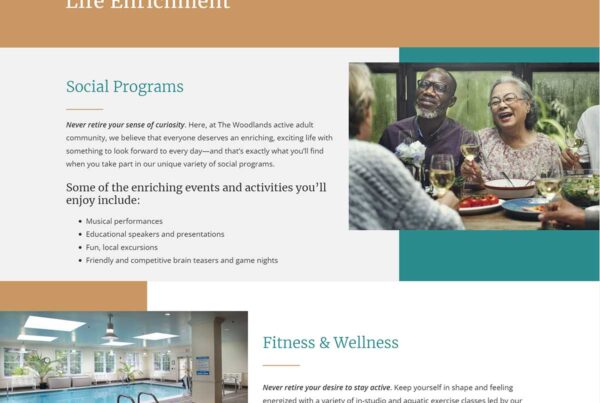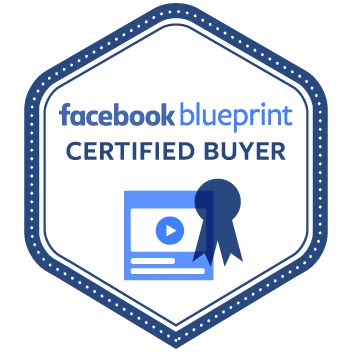Ever wondered why some websites make you click away faster than you can say “bad web design”? It’s not just you. Studies show that 75% of users judge a company’s credibility based on its website design. Now, imagine your own site losing grip on potential customers because it screams bad taste or, worse yet, incompetence. The culprit? Often, it’s **bad website design**.
The internet is littered with digital ghost towns once brimming with potential. Sites that load at the pace of a snail stuck in molasses; layouts so cluttered they give junk drawers a run for their money; and don’t get me started on mobile responsiveness—or the lack thereof.
We’ve all been there—lost in an endless scroll trying to find basic information or clicking broken links as if we were testing our luck at Russian roulette rather than simply trying to navigate a webpage. It doesn’t have to be this way.
Your business deserves better. Your audience demands better. And yes, achieving that harmonious blend of quality and innovation is absolutely within reach. So let’s roll up our sleeves and make it happen, together.
Table of Contents:
- The Impact of Website Design on Business Credibility
- Consequences of Poor Website Design
- Essential Elements of Effective Website Design
- Conclusion
The Impact of Website Design on Business Credibility
Your website is the digital face of your business. And just like in the real world, first impressions matter – a lot.
Studies show that 75% of consumers judge a company’s credibility based on their website design. Yep, you read that right. Three-quarters of your potential customers are making snap judgments about your business before they even read a single word of content.
First Impressions Matter
When someone lands on your website, it takes them about 50 milliseconds (that’s 0.05 seconds.) to form an opinion. In that split second, they’re deciding whether your site looks professional, trustworthy, and credible – or not.
If your website looks like it was designed in the 90s, or it’s cluttered, confusing, and hard to navigate, visitors are going to bounce faster than you can say “wait, come back.” And once they’re gone, they’re probably not coming back.
Visual Appeal and Professionalism
So what makes a website look credible? It’s all about the design. A professional, modern design with a clean layout, easy-to-read fonts, and high-quality images signals to visitors that you’re a legitimate business that they can trust.
On the flip side, a website with a sloppy design, blurry images, and clashing colors screams “amateur hour.” And if your website looks amateurish, visitors are going to assume your products or services are too.
Bottom line: if you want to be taken seriously online, you need a website that looks the part. Investing in professional website design is one of the best things you can do for your business credibility.
Consequences of Poor Website Design
So we’ve established that bad website design can tank your credibility. But what are the actual consequences of having a poorly designed site? Spoiler alert: they’re not pretty.
Lost Sales and Revenue
Let’s start with the most obvious one: lost sales. If your website is hard to use or doesn’t inspire trust, visitors are going to click away without buying anything. In fact, 88% of consumers say they’re less likely to return to a website after a bad experience.
And even if they do stick around, a clunky checkout process or confusing navigation can still cost you sales. One study found that a whopping $4 trillion is lost globally each year due to bad user experiences on websites. Ouch.
Reduced Search Engine Visibility
But it’s not just about the visitors you’re losing – it’s also about the ones who never find you in the first place. Poor website design can seriously hurt your search engine rankings, making it harder for potential customers to discover your business online.
Search engines like Google prioritize websites that are fast, mobile-friendly, and easy to navigate. If your site is slow, clunky, and confusing, it’s going to get buried in the search results – no matter how great your content is.
Frustrating User Experiences
So, let’s dive into how all of this shakes out for your current customers. If your website is a pain to use, it’s going to frustrate and annoy the people who are already trying to do business with you.
Maybe your contact form doesn’t work, so customers can’t get in touch. Or your product pages are missing key information, so they can’t make an informed purchase. Or your site is so slow that they give up before they can even complete a transaction.
When customers run into these issues with their user experience, it can really sour their opinion of your business – enough to make them reconsider returning. In fact, 72% of consumers say that a bad website experience negatively impacts their opinion of a brand.
Essential Elements of Effective Website Design
Okay, so we know that bad website design is a business killer. But what does good website design look like? Here are some of the key elements that every effective website needs:
Mobile Responsiveness
In today’s mobile-first world, your website absolutely must be optimized for smartphones and tablets. More than half of all web traffic now comes from mobile devices, so if your site doesn’t look and function great on a small screen, you’re alienating a huge chunk of your audience.
Responsive design ensures that your website automatically adjusts to fit any screen size, providing a seamless experience for users on any device. It’s not just a nice-to-have anymore – it’s a must-have.
Fast Loading Speeds
We live in an age of instant gratification, and that extends to the web. If your site takes more than a few seconds to load, visitors are going to get impatient and go elsewhere.
In fact, 40% of consumers will abandon a website that takes more than 3 seconds to load. And a 1-second delay in page load time can result in a 7% reduction in conversions.
To make sure your visitors stick around, having a website that loads in the blink of an eye is crucial. That means optimizing images, minimizing redirects, and using a reliable web host.
Intuitive Navigation
Your website should be easy to navigate, with a clear hierarchy and logical structure. Visitors should be able to find what they’re looking for quickly and easily, without getting lost or confused.
That means using descriptive, intuitive labels for your menu items, and organizing your content in a way that makes sense. A good rule of thumb is that visitors should be able to find any page on your site within 3 clicks.
High-Quality Visual Content
Finally, let’s talk about the role of visual content in website design. High-quality images, videos, and graphics can make a huge difference in how visitors perceive your brand.
Throwing in some eye-popping images can really shake up your wall of text, highlight the important bits, and overall make visiting your website a whole lot more fun. Just make sure to use visuals that are relevant, high-resolution, and properly optimized for the web.
Oh, and let’s not breeze past the importance of getting around easily. Make sure to include alt text for images so that visitors with visual impairments can still understand your content.
Key Takeaway:
First impressions are everything. Your website’s design can make or break your business credibility, directly impacting sales and user experience. Make sure it’s modern, fast, and mobile-friendly to keep visitors coming back.
Conclusion
We’ve journeyed through the wild world of website design, putting myths to bed and shining a light on what’s actually true. Bad website design? This isn’t just a sore thumb sticking out; it could very well be dragging your business’s reputation through the mud. But here’s the kicker: turning things around is not as Herculean a task as it seems.
We’ve laid bare the stark consequences of poor design—from lost sales to those forehead-slapping moments of user frustration. Remember, 88% of consumers won’t give you a second chance after a bad online experience. That stat alone should have us all sprinting towards betterment.
But fear not! The path to redemption is illuminated with mobile responsiveness, lightning-fast loading speeds, intuitive navigation, and high-quality visual content. These aren’t just buzzwords; they’re your new best friends in this digital age where first impressions are everything.
Your site doesn’t need to be part of that gloomy statistic—a digital ghost town reminiscent of internet days gone by. With some elbow grease and strategic revamps focusing on what truly matters (yes, looking at you essential elements), your website can transform into that bustling metropolis brimming with engaged visitors turned loyal customers.
So let’s ditch the cluttered layouts and snail-paced load times once and for all because your audience deserves better—and so does your business bottom line. Here’s to websites that don’t just look good but work wonders too!










